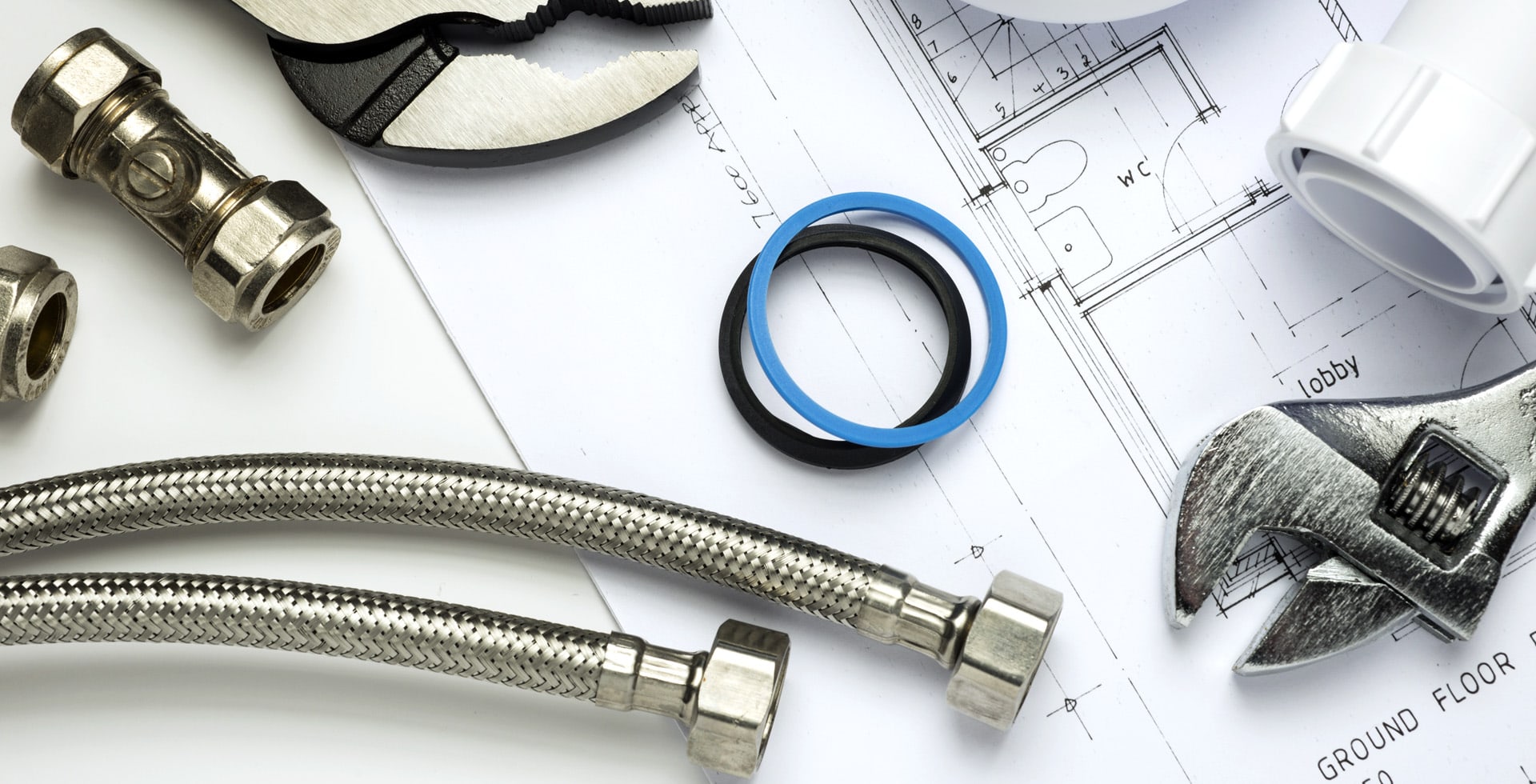“`html
How to Maintain Asphalt Shingle Roofs
Asphalt shingle roofs are a popular choice for homeowners due to their durability, affordability, and aesthetic appeal. However, like any roofing material, they require regular maintenance to ensure longevity and performance. This blog post will guide you through key maintenance practices, helping you to extend the life of your asphalt shingle roof and keep it in optimal condition.
The Importance of Roof Maintenance
Regular roof maintenance is crucial for several reasons:
- Prevention of Damage: Regular checks can spot potential issues before they develop into significant problems.
- Cost Efficiency: Maintaining your roof can save money by preventing costly repairs or early replacement.
- Improved Lifespan: With proper care, asphalt shingle roofs can last 20 years or more.
- Enhanced Curb Appeal: A well-maintained roof contributes to the overall appearance of your home.
Regular Inspections
Conducting regular inspections is the first step in maintaining your asphalt shingle roof. An annual inspection, ideally in the spring and fall, can help you identify any issues early on. Here’s what to look for:
- Shingle Condition: Check for cracked, curled, or missing shingles. These can indicate wear or damage that needs addressing.
- Flashing Integrity: Inspect the flashing around chimneys, vents, and skylights. Ensure there are no gaps or signs of rust.
- Granule Loss: Look for granules in your gutters or downspouts. Granule loss can expose shingles to UV rays, leading to faster deterioration.
- Moss and Algae Growth: Check for any dark streaks or moss on the roof. These can retain moisture and damage shingles over time.
Cleansing Your Roof
Keeping your asphalt shingle roof clean is essential for its longevity. Debris such as leaves, branches, and dirt can trap moisture, leading to rot and decay. Here’s how to clean your roof:
- Removing Debris: Use a broom or roof rake to remove leaves, branches, and any other debris from the roof surface.
- Washing: Wash the roof with a garden hose and a soft brush to remove dirt and algae. Avoid using high-pressure washers as they can damage the shingles.
- Algae and Moss Treatment: If you notice significant algae or moss growth, consider using a mixture of water and bleach to treat these areas. Apply the solution, allow it to sit, then rinse thoroughly with water.
Gutter Maintenance
Gutters play a critical role in roofing performance. Clogged gutters can lead to water pooling and damage to your roof structure. Here are some maintenance tips:
- Regular Cleaning: Clean gutters at least twice a year, especially in the fall and spring. Remove leaves, twigs, and other obstructions.
- Check for Damage: Inspect gutters for signs of rust or holes. Replace damaged sections as needed to ensure proper drainage.
- Downspout Checks: Ensure downspouts are directing water away from the foundation. Consider extending them if necessary.
Addressing Repairs Promptly
If your inspections reveal damage, it’s crucial to address it immediately. Here are common repairs to look out for:
- Replacing Broken Shingles: If you find cracked or missing shingles, replace them promptly. Ensure new shingles match the existing ones for a uniform appearance.
- Fixing Flashing Issues: Repair or replace compromised flashing to prevent water infiltration.
- Sealants: Inspect and replace caulking around vents and chimneys as needed to ensure a watertight seal.
Professional Inspections
While homeowners can conduct some inspections and basic maintenance, hiring a professional roofing contractor is advisable for thorough evaluations. A professional can provide comprehensive assessments and recommend necessary repairs based on their expertise.
Seasonal Checks
Different seasons can impact your roof in various ways. Here’s how to maintain your roof seasonally:
- Spring: Inspect for winter damage, clean gutters, and prepare for potential storms.
- Summer: Check for signs of heat-related stress, such as curling shingles. Monitor for any leaks during summer storms.
- Fall: Clean gutters to prevent winter clogging and check for any roof damage potentially caused by summer weather.
- Winter: Inspect for ice dam formation and manage snow loads safely to prevent damage.
Conclusion
Maintaining an asphalt shingle roof is a vital homeowner responsibility that can significantly influence the roof’s longevity and overall effectiveness. By conducting regular inspections, keeping gutters clean, addressing repairs promptly, and considering professional help, you can protect your investment and ensure your home remains safe from the elements. Remember, a proactive approach to roof maintenance not only saves money in the long run but also enhances the beauty and functionality of your home.
“`

